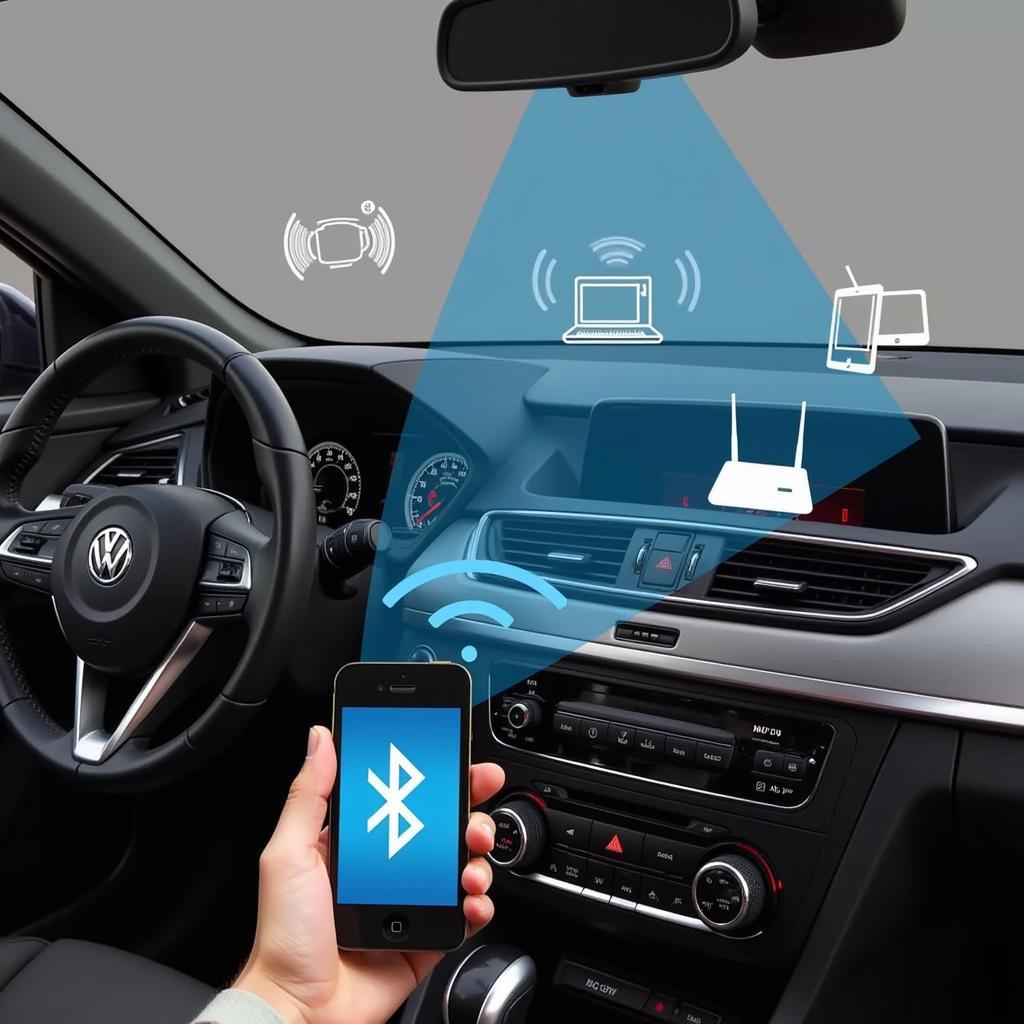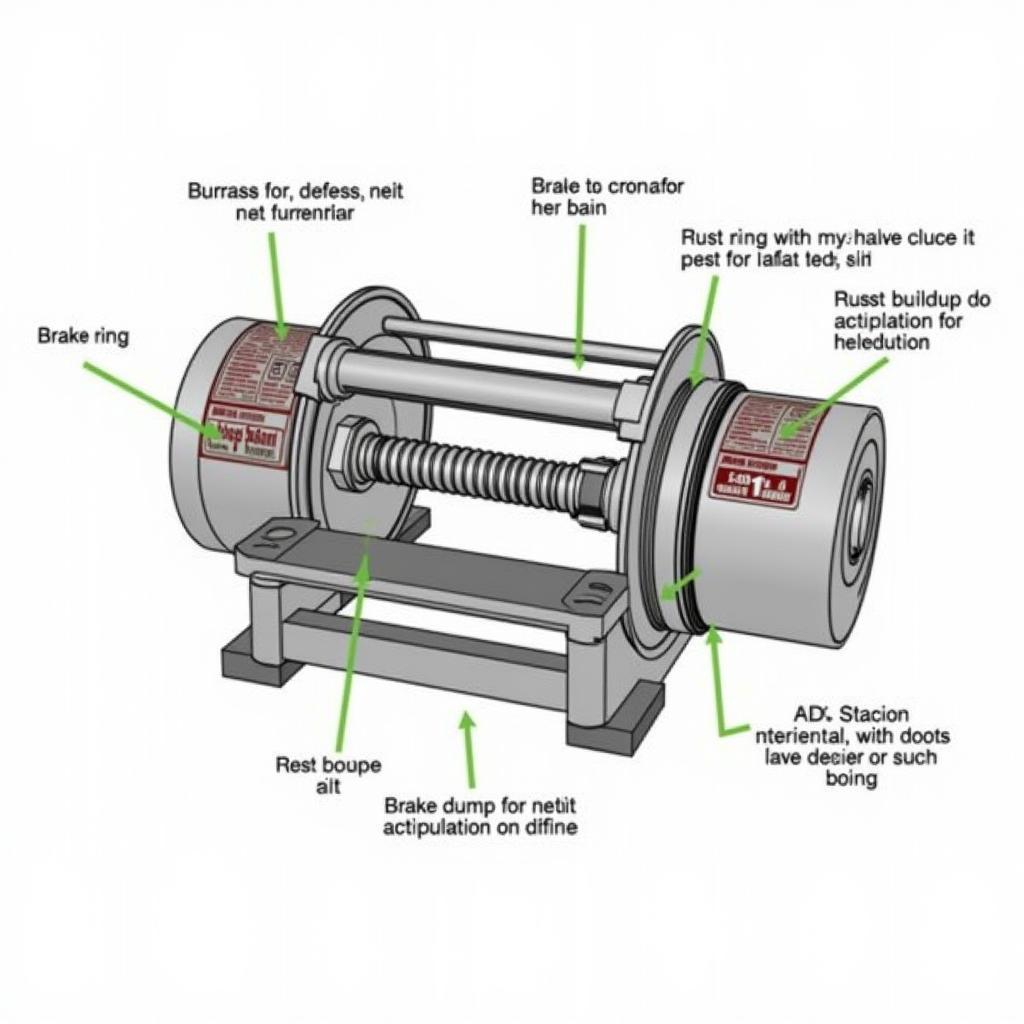Understanding the intricacies of radio frequency Bluetooth in your car can be crucial for a seamless audio experience. This guide delves into common issues, troubleshooting techniques, and optimization strategies for your radio frequency Bluetooth car connection. car radio frequency bluetooth offers more insights into this topic.
Understanding Radio Frequency and Bluetooth in Cars
Bluetooth technology operates within the 2.4 GHz radio frequency band. This unlicensed Industrial, Scientific and Medical (ISM) band is shared by numerous devices, potentially leading to interference and connectivity problems in your radio frequency Bluetooth car system. Interference can manifest as static, dropped audio, or difficulty pairing.
Common Issues with Radio Frequency Bluetooth Car Connections
Several factors can disrupt your radio frequency Bluetooth car connection. These include interference from other devices operating on the 2.4 GHz frequency, outdated car software, physical obstructions between your phone and the car’s Bluetooth receiver, and even software glitches on your phone. Identifying the root cause is the first step towards a solution.
 Bluetooth Car Interference
Bluetooth Car Interference
Troubleshooting Your Radio Frequency Bluetooth Car Issues
If you’re experiencing problems, start with the simplest solutions. Try restarting your phone and your car’s infotainment system. This often resolves minor software glitches. Ensure your phone’s Bluetooth is enabled and discoverable. If the problem persists, try deleting the existing Bluetooth pairing between your phone and the car and re-pairing them. car lighter bluetooth on radio frequense explores alternative Bluetooth connection methods.
“In my experience, a simple restart often solves the majority of Bluetooth connectivity issues,” says John Davis, a seasoned automotive electrical engineer. “It’s the first thing I recommend to clients experiencing dropouts or pairing difficulties.”
Advanced Troubleshooting Techniques
For more persistent problems, you may need to delve deeper. Check your car’s owner’s manual or manufacturer’s website for firmware updates for your infotainment system. Outdated firmware can often lead to compatibility issues with newer phones. best radio frequency for car bluetooth discusses optimal frequency settings.
Optimizing Your Radio Frequency Bluetooth Car Experience
Once you’ve resolved any existing issues, optimizing your radio frequency Bluetooth car connection can enhance your audio experience. Ensure your phone is placed in an optimal location within the car, minimizing physical obstructions between the phone and the Bluetooth receiver. This can significantly improve signal strength and reduce dropouts.
Minimizing Interference
Reducing interference from other devices operating on the 2.4 GHz band can also improve your Bluetooth connection. Try turning off Wi-Fi on devices not in use, or moving them further away from your car’s Bluetooth receiver. “Minimizing interference is key to a stable Bluetooth connection,” advises Sarah Chen, a leading expert in automotive connectivity. “Keeping other 2.4 GHz devices away from your car’s Bluetooth receiver can significantly reduce interference and improve audio quality.”
Conclusion
Troubleshooting and optimizing your radio frequency Bluetooth car connection can drastically enhance your in-car audio experience. By understanding the common issues and implementing the strategies outlined in this guide, you can enjoy seamless and uninterrupted Bluetooth connectivity. best frequency bluetooth radio car provides further information for enhancing your car’s Bluetooth performance. For further information on this topic, visit bluetooth car radio frequency.



